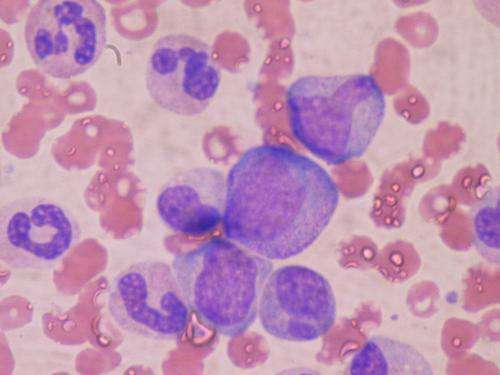Home » Health News »
Researchers develop method to diagnose aplastic anemia more effectively

Aplastic anemia (AA) is a life-threatening bone marrow disorder caused by the autoimmune destruction of hematopoietic stem and progenitor cells (HSPCs). Currently, the condition is a diagnosis of exclusion, as there are no diagnostic tests specific to AA to differentiate it from other disorders, including inherited bone marrow failure syndromes (IBMFSs), which share similar symptoms. However, the process of excluding other diagnoses takes several weeks and can delay treatment, highlighting the need for a fast and accurate diagnostic test specific to the disorder.
Researchers at Children’s Hospital of Philadelphia (CHOP) hypothesized that AA could be distinguished from IBMFSs using three laboratory findings specific to the autoimmune pathogenesis of AA: Paroxysmal nocturnal hemoglobinuria (PNH) clones, copy-number–neutral loss of heterozygosity in chromosome arm 6p (6p CN-LOH), and clonal T-cell receptor (TCR) gamma gene (TRG) rearrangement.
To test their hypothesis, the researchers analyzed lab samples from 454 pediatric and adult patients with AA, IBMFSs, and other hematologic diseases. They found that PNH and acquired 6p CN-LOH clones encompassing HLA genes have 100% positive predictive value for AA and can facilitate diagnosis in approximately half of AA patients. Conversely, they found that clonal TRG rearrangement is not specific for AA.
Source: Read Full Article


